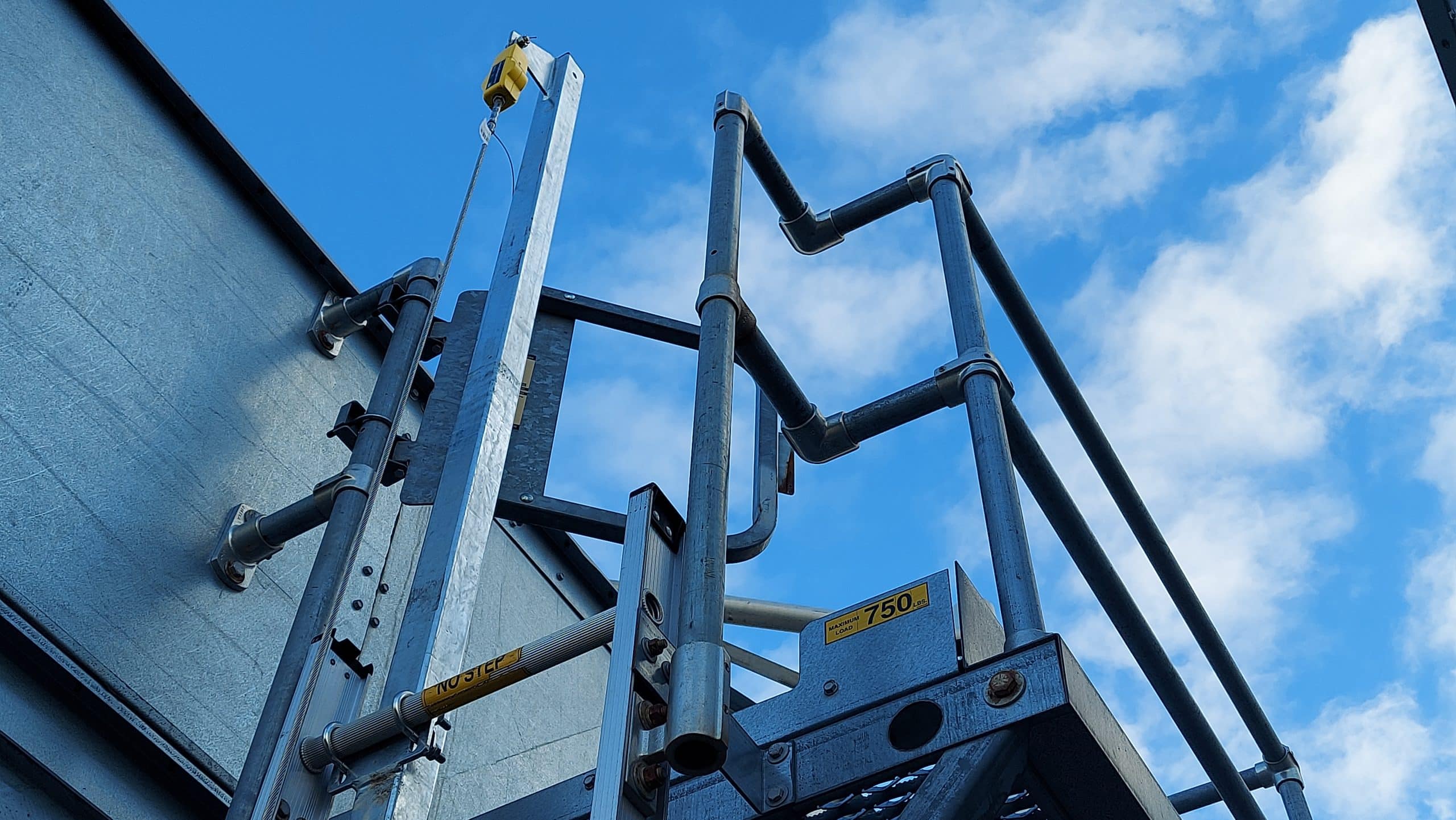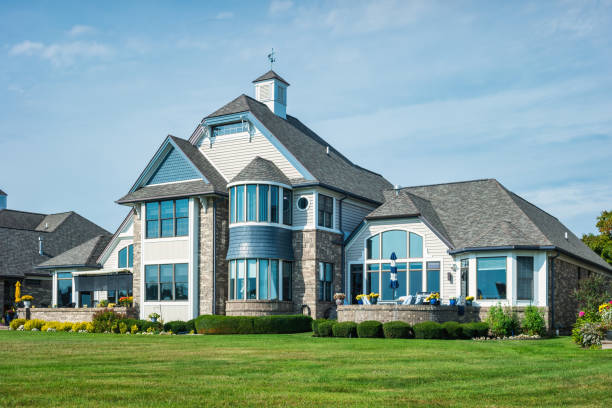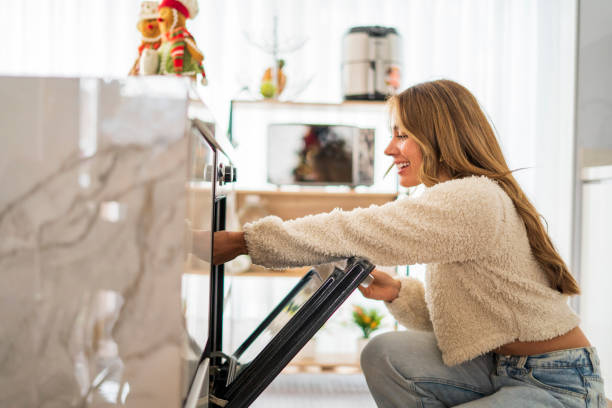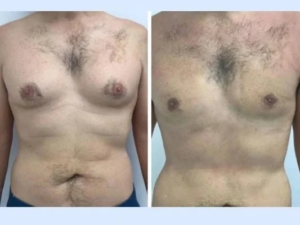The Role of Fall Arrest Systems in Industrial Maintenance
Working at height is one of the most hazardous activities in industrial and construction environments. Every year, preventable falls result in severe injuries, lost productivity, and financial loss. These incidents often occur not because of lack of awareness but due to inadequate safety systems and poor compliance.
When maintenance crews or construction teams work on scaffolds, ladders, or rooftops, they depend on one line of defense — a fall arrest system. This system prevents fatal falls and ensures workers are safely suspended until rescue.
As a manufacturer, supplier, and specialist in fall protection systems, Inovatix Indian designs reliable, certified solutions tailored for diverse work environments — from plant maintenance to large-scale infrastructure projects.
What Is a Fall Arrest System?
A fall arrest system is an engineered safety setup designed to stop a worker’s fall in progress and minimize impact forces. It’s part of the broader fall protection system, which includes prevention, restraint, and recovery mechanisms.
Core components of a personal fall arrest system include:
- Anchor point: Secure connection to a structural surface.
- Body harness: Distributes fall forces evenly across the torso and thighs.
- Connecting device: A lanyard, rope grab, or self-retracting lifeline (SRL).
Together, these elements work to arrest a fall safely, reducing the risk of serious injury or death.
Why Fall Arrest Systems Are Critical in Industrial Maintenance
Industrial facilities — refineries, manufacturing plants, power stations, and warehouses — regularly require inspection, repair, or servicing at elevated heights.
Key safety challenges include:
- Limited anchorage options near machinery or piping.
- Confined or restricted workspaces.
- Varied surfaces like tanks, ducts, and overhead structures.
In these cases, a properly engineered fall arrest system ensures compliance with safety standards while protecting technicians performing critical maintenance tasks.
Inovatix Indian offers systems specifically adapted for such sites — including roof-mounted lifeline systems, portable anchor posts, and ladder fall arrest systems that integrate seamlessly into maintenance workflows.
Fall Arrest Systems in Construction Sites
Construction projects involve constant movement — scaffolding erection, roofing, steelwork, and bridge installation. Each phase presents unique fall hazards.
Common use cases include:
- Ladder safety: Workers using vertical ladders for tower or column work rely on fall arrest systems for ladders equipped with guided rails or cables.
- Scaffold operations: Horizontal lifelines secure workers as they move along elevated platforms.
- Roof installation: Temporary or permanent anchors prevent free falls during sheeting or maintenance.
Why it matters:
A single fall can halt an entire project, trigger legal consequences, and damage reputation. Integrating certified fall protection systems from project initiation reduces risk and ensures smooth, compliant execution.
Key Standards and Compliance Requirements
Every safety system must comply with international and Indian standards.
Inovatix Indian designs and supplies products that meet or exceed:
- EN 361 / EN 363 / EN 795 (European Standards for harnesses and anchors)
- IS 3521 (Indian Standard for industrial safety belts and harnesses)
- OSHA 1910.140 / 1926.502 (U.S. Occupational Safety and Health Standards)
Compliance not only protects workers — it also protects organizations from regulatory fines, insurance claims, and downtime.
How Fall Arrest Systems Differ from Fall Restraint Systems
| Feature | Fall Arrest System | Fall Restraint System |
|---|---|---|
| Function | Stops a fall after it begins | Prevents the worker from reaching a fall hazard |
| Use Case | High-risk, open-edge areas | Limited-access maintenance zones |
| Components | Harness, anchor, SRL/lanyard | Harness, anchor, restraint lanyard |
| Ideal For | Construction, power, infrastructure | Manufacturing, maintenance platforms |
A professional safety assessment by Inovatix Indian’s fall protection specialists ensures the correct system selection — preventing misuse and ensuring compliance.
Designing and Installing Fall Arrest Systems
Every site has unique working-at-height challenges — roof slope, access points, structural strength, and frequency of maintenance all determine the correct system design.
Inovatix Indian follows a systematic approach to ensure every fall protection system meets the highest safety and engineering standards.
1. Site Assessment and Hazard Mapping
- Identify potential fall zones — ladders, catwalks, open edges, tanks, and towers.
- Evaluate existing anchorage structures and load capacities.
- Review workflow to understand movement patterns and rescue access.
2. System Selection
- Permanent lifeline systems for rooftops or fixed ladders.
- Portable anchor systems for temporary or mobile work.
- Personal fall arrest systems (PFAS) for individual worker protection.
3. Engineering and Installation
All systems are engineered using certified components and installed by trained technicians to meet compliance with EN, OSHA, and IS standards.
Regular inspections and documentation ensure continued reliability and legal conformity.
Best Practices for Ladder Safety
Falls from ladders remain one of the most frequent industrial accidents. A fall arrest system for ladders dramatically reduces this risk by securing the worker through a guided cable or rail system.
Key ladder safety guidelines:
- Use only certified vertical lifeline systems.
- Inspect the cable or rail before each climb.
- Maintain three points of contact during ascent or descent.
- Use full-body harnesses compatible with the guided system.
- Schedule annual inspection and recertification of ladder systems.
Inovatix Indian’s ladder fall arrest systems are designed for both retrofit and new installations — ensuring consistent protection during tower, silo, and column work.
Applications Across Industrial Sectors
Inovatix Indian’s fall arrest systems are deployed across multiple industries where worker safety is mission-critical:
- Construction & Infrastructure: For scaffolding, roofing, and bridge work.
- Oil & Gas: Vertical access on tanks, towers, and rigs.
- Manufacturing Plants: Maintenance of cranes, HVAC units, and mezzanines.
- Power & Renewable Energy: Access to wind turbines, solar structures, and electrical substations.
- Warehouses & Logistics: Elevated loading bays and storage platforms.
Each system is tailored for ease of installation, durability in extreme environments, and compliance with safety norms.
Maintenance and Inspection Requirements
To maintain compliance and functionality, every fall protection system must undergo periodic checks.
Recommended schedule:
- Visual inspection: Before every use.
- Detailed inspection: Every 6 months.
- Load testing & certification: Annually by an approved safety specialist.
Ignoring inspection protocols can compromise the integrity of the system — potentially leading to accidents even when the equipment appears intact.
Inovatix Indian offers end-to-end inspection and recertification support to help safety managers maintain audit-ready documentation.
Training and Worker Awareness
Even the most advanced system can fail if workers are not trained to use it properly.
A robust fall protection training program ensures that every employee:
- Understands how to don and adjust a harness.
- Connects to anchorage safely.
- Performs pre-use checks.
- Responds correctly in a rescue situation.
Inovatix Indian partners with industries to deliver structured training sessions, practical demonstrations, and compliance awareness for long-term safety culture development.
Common Mistakes to Avoid in Fall Protection
- Using incompatible components (mixing different brands or connectors).
- Ignoring anchor load ratings during installation.
- Skipping annual inspections or failing to record them.
- Improper harness fit leading to discomfort or failure.
- No rescue plan in case of a suspended worker.
A proactive safety policy backed by certified systems eliminates these risks and ensures continuous operational safety.
FAQs – Fall Arrest Systems for Industrial Sites
1. What is the difference between fall arrest and fall restraint systems?
Fall arrest stops a worker after a fall, while fall restraint prevents access to fall hazards.
2. Which industries need fall arrest systems?
Any industry involving work at height — including construction, manufacturing, oil & gas, and utilities.
3. How often should fall arrest equipment be inspected?
Visually before each use and thoroughly every 6 months by a competent person.
4. What certifications should I look for in fall protection equipment?
EN 361, EN 363, EN 795, IS 3521, and OSHA-compliant certifications.
5. Can fall arrest systems be customized?
Yes. Inovatix Indian provides site-specific system designs and anchorage solutions.
6. Are ladder safety systems part of fall arrest solutions?
Yes. Vertical lifeline systems and guided rails form part of ladder-specific fall arrest systems.
7. How do I ensure compliance during installation?
Engage certified installers and request documentation for design, testing, and load verification.
8. What should be included in a rescue plan?
Clear procedures for reaching, lowering, or retrieving a suspended worker safely and quickly.
9. Do fall arrest systems require training?
Absolutely. Every worker must receive practical training on equipment use and emergency response.
10. Where can I buy certified fall arrest systems in India?
Inovatix Indian is a trusted manufacturer and supplier offering complete fall protection solutions across India.
Conclusion: Building Safer Workplaces with Certified Fall Protection
Industrial and construction projects demand precision, coordination, and compliance. A single lapse in safety can cost lives, delay projects, and impact reputation.
Choosing the right fall arrest system isn’t just about compliance — it’s about building a culture of care and accountability.
Inovatix Indian stands as a manufacturer, supplier, and specialist committed to advancing workplace safety with engineered, certified, and reliable fall protection systems for every sector.
Every worker deserves safety. Equip your team with certified fall protection today.
Enquire now to request a quote, discuss bulk pricing, or customize your fall arrest solutions.













